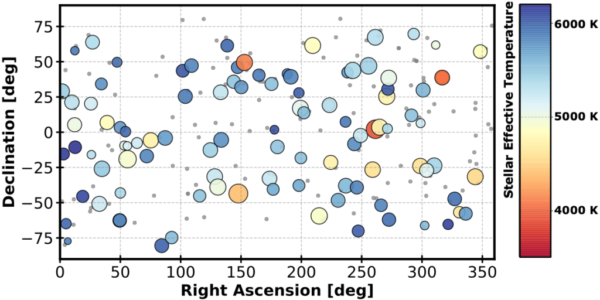Research Interests & publications
What I’m working on at the moment
– last updated Dec 2020
Over the last two decades, we have learned that exoplanets (planets that orbit stars other than the Sun) are everywhere — dedicated searches have shown us that most stars in the Milky Way host at least one exoplanet on average. The planetary systems detected thus far, however, look almost nothing like our closest neighbors. The planets within them are mostly between the size of Earth and Neptune and have orbital periods less than 100 days, characteristics that we do not see in any of our solar system planets.
To better understand these alien worlds, astronomers are now carrying out targeted, multi-pronged observations of planets in systems where both photometry and Doppler spectroscopy can be applied. It is only in these systems, where both a precise mass and radius are measured, that we can determine the planet’s bulk density and likely interior composition, and correctly interpret atmospheric data taken via transmission spectroscopy or direct imaging.
My research sits at the center of this effort — I carry out precision radial velocity observations to detect and/or confirm new exoplanets, providing the precision mass measurements that make them compelling targets for future atmospheric study.

Following up TESS planet Candidates
Obtaining masses for small planets detected by TESS

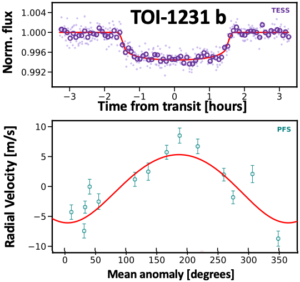
NASA’s TESS mission is currently carrying out an (almost) all sky search for planets transiting around the closest, brightest stars. Many of the host stars are bright enough that once candidates are discovered by TESS, ground based follow up efforts can confirm the presence of the planet and RV facilities can then be used to constrain the planet’s mass.
In an effort to make sure only the most robust planets are released to the scientific community, astronomers often place requirements on the significance of the mass measurement (Mpl/σpl) and don’t publish the more marginal detections. My work on simulating RV follow up campaigns of TESS planets, to quantify their impact on the exoplanet Mass-Radius diagram, shows that this biases the M-R relations that we infer from the data and produces inflated masses for the smallest planets. To create un-biased M-R relations we’ll need to incorporate not only the robustly detected planets but also the low confidence and even non-detections into our analyses.
Since finishing grad school I’ve been fortunate enough to work with a number of precision RV facilities around the world, including the Planet Finder Spectrograph (PFS) in Chile, MAROON-X in Hawaii, and Veloce in Australia. I’ve used all of these instruments to obtain follow up RV measurements of recently identified TESS planet candidates, including the hot sub-Neptune TOI-824 b and the temperate Neptune TOI-1231 b.
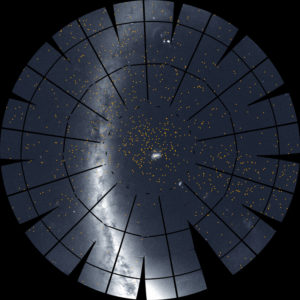
The first 1000 planet candidates discovered by TESS in the Southern hemisphere
Optimizing Radial velocity surveys
Automating telescopes & folding in transit data
I spent my thesis working with the Automated Planet Finder (APF) telescope at Lick Observatory, helping first to commission the new telescope and then developing the robotic scheduler that powers the APF facility on a nightly basis. This fully autonomous scheduler integrates my knowledge of the telescope, spectrograph, and the stellar targets to carry out efficient and effective observing campaigns without human oversight. So the telescope can carry on with its goal of doing excellent exoplanet science all night, every night while the astronomers using it actually get to sleep! Well, most of the time.
Once I was no longer staying up all night with the telescope, I led one of the first planet discoveries from the APF – that of a Neptune mass planet orbiting the nearby M dwarf GJ 687. And I developed the software for extracting key activity indicators from the APF spectra (the Ca II H & K lines and the H-alpha line) which we use to try and distinguish between periodic signals induced by planets and signals that are caused by magnetic activity in the star itself.
When trying to discover longer period planets or planets that induce relatively small signals, it is often necessary to combine data from a number of RV facilities. My recent paper, which reports the discovery of three new, low mass planets orbiting the stars HD 190007 and HD 216520, combines APF and HIRES data to enable the detection not only of these planets but also of long term magnetic cycles in the stars that last almost a decade.
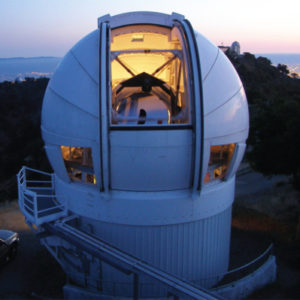
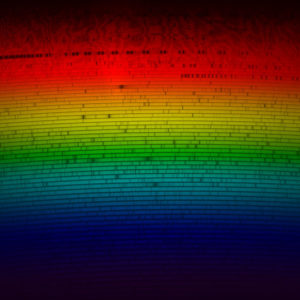
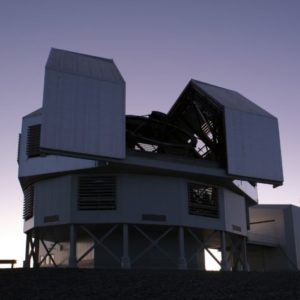
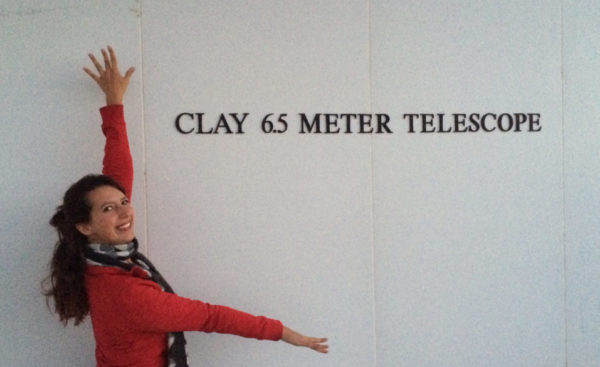
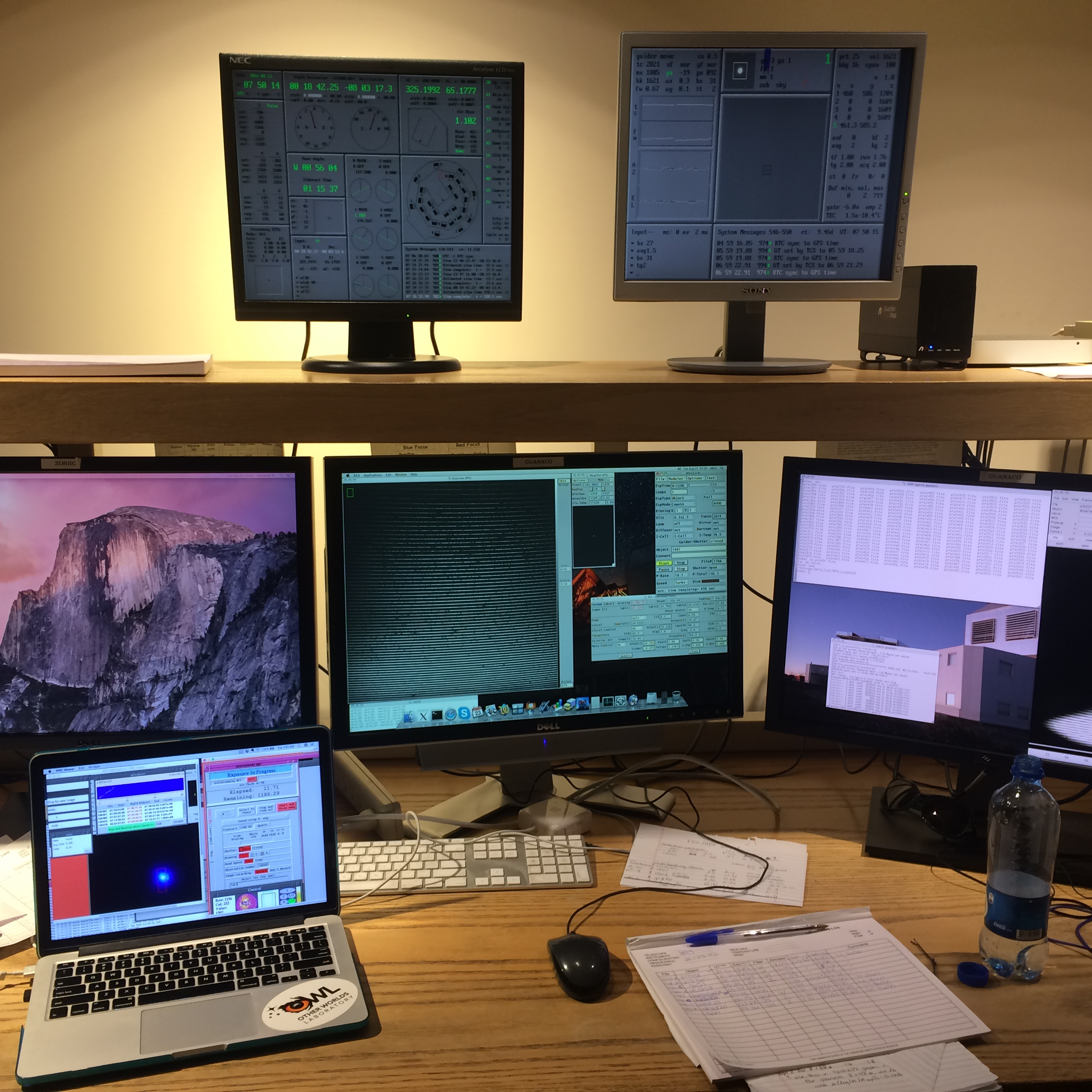
characterizing direct imaging target stars
Trying to understand the most promising targets for direct imaging of earth analog planets
The next frontier exoplanet characterization will be the use of high contrast direct imaging instruments aboard missions like LUVOIR or HabEx, or deployed on ground-based extremely large telescopes, to image and record spectra of Earth mass planets orbiting in the habitable zones of nearby stars. These facilities will directly image the planets themselves, rather than relying on indirect measurements for characterization.
Any exoplanet spectra recorded by these future direct imaging missions will require precisely measured masses to accurately constrain atmospheric models. Obtaining these mass measurements will be extremely challenging, however, as Earth analog planets produce RV semi-amplitudes of only 9 cm/s around Sun- like stars — a factor of five below current RV instrument precision capabilities and fifty times smaller than the RV variability exhibited by a “quiet” star like the Sun.
To have any chance of measuring the masses of these Earth analogs, we need to have a detailed understanding of the stars they orbit. The recently commissioned NASA/NSF Extreme Precision RV working group, for which I was an analysis lead, recognized stellar variability as the greatest hurdle in detecting Earth-like exoplanets. The working group’s final report states that efforts must be undertaken in the 2020s to better characterize the variability of the ~100 stars best suited to future direct imaging observations if we want to understand the stars well enough to begin planet detection efforts in the 2030s at the precisions required for exo-Earth detection.
To this end, I’m working with collaborators at UT Austin to combine precision RV observations from instruments in both the visible and the near-IR to map the chromatic behavior of a handful of stars’ activity cycles on timescales from minutes to years. I’m also working to refine our knowledge of the multiplicity of these stars via a speckle imaging campaign using the Zorro and ‘Alopeke instruments on Gemini North and South.

